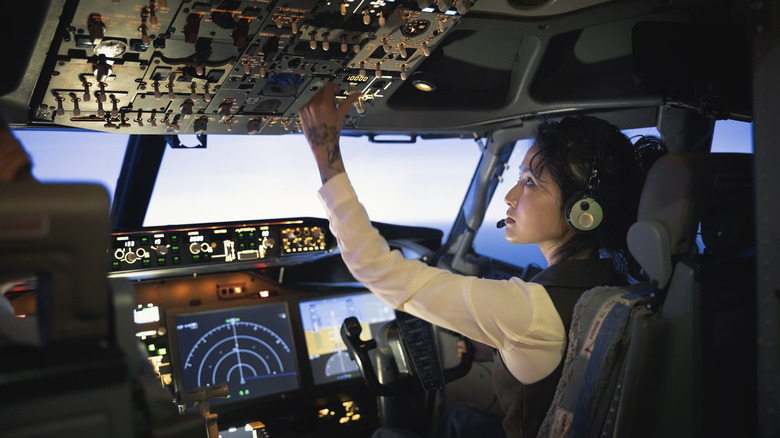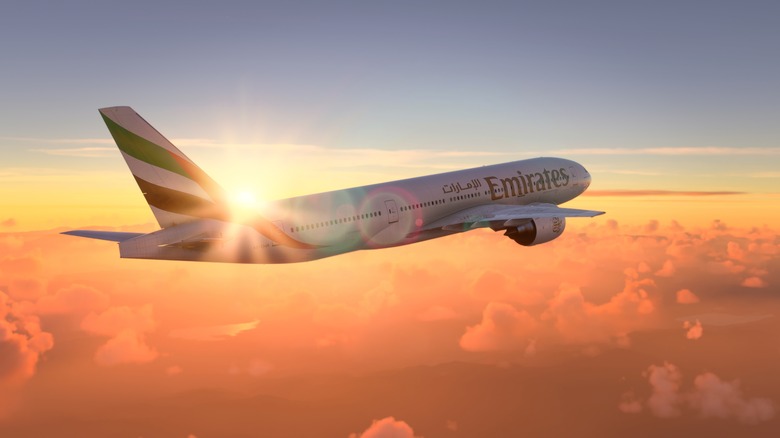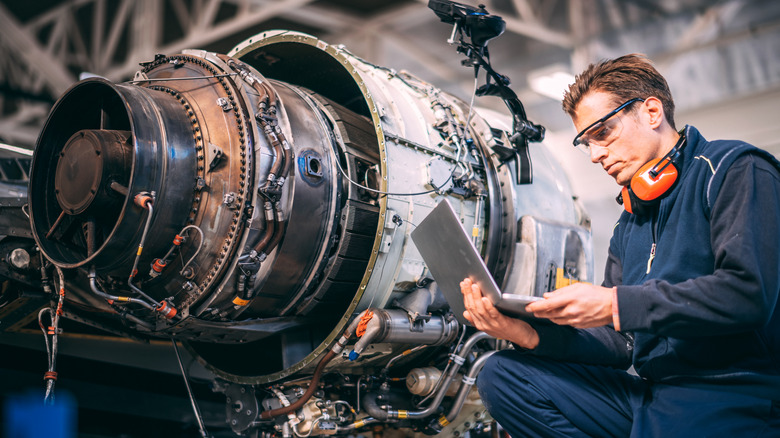What Happens When Commercial Pilots Experience Mechanical Issues Mid-Flight?
Despite being incredibly complex machines, modern day airplanes are among the safest means of transport currently in existence. Of course, that doesn't mean these machines are immune to one-off mechanical issues. To keep most of these issues at bay, it is common for airlines to follow a strict maintenance schedule. These regular maintenance checks minimize the possibility of faults slipping through the cracks and rearing their heads when least expected. When these issues do make their occasional appearance, they are swiftly dealt with and fixed even before the aircraft is airborne.
However, despite these stringent safety checks, there is always that chance of a mechanical issue cropping up mid-flight. This is a realistic scenario, and all stakeholders in the airline industry — from the aircraft manufacturer and the airline company, to the maintenance staff and pilots — are well aware of such eventualities. This is why the aviation industry has come up with guidelines to be followed whenever an aircraft encounters mechanical issues while cruising in the air. While these protocols may vary depending on the aircraft type and the nature of the issue, most are designed to bring things back under control.
For further insight on this interesting topic, we asked Retired Captain Richard Levy about the most common mechanical issues pilots typically face. A pilot with 41 years of experience, Captain Levy currently runs Aviation Expert Consulting, and also works as a simulator instructor at a major U.S. airline. Here's what he had to say.
Mechanical issues on modern planes are rare
In his 41 years of flying commercial airplanes, Captain Levy has rarely experienced mechanical issues that could have led to a life-threatening scenario. He does, however, recall two instances which could be best described as minor technical issues that hardly had any impact on the overall safety of the aircraft or its passengers.
The first instance Captain Levy shared with SlashGear involved the loss of oil in one of the engines on an aircraft that featured three turbojet engines. When he and his fellow pilots noticed this seemingly major fault, they simply shut down the affected engine and land the aircraft safely using the other two engines.
The second incident involved Captain Levy's aircraft losing one of its hydraulic systems — a crucial component of modern-day planes that controls critical equipment like the flaps, landing gear, reverse thrusters, and brakes. In this instance, Captain Levy was told by the company dispatcher that the hydraulic issue was not serious, and that it was safe for him to continue the flight. However, as a conservative pilot who was not willing to take any undue risks, Captain Levy decided to make an unscheduled landing at another airport.
According to Captain Levy, it is also not uncommon for parts that may not have a direct impact on the safety of the aircraft to go inoperative during flight. In such cases, most pilots choose to continue flying the aircraft and land it safely. Once on the ground, the pilots contact the Dispatcher and consult the Minimum Equipment List (MEL) to determine whether the aircraft is safe to continue flying.
How do airline pilots handle mechanical issues while flying?
Modern aircraft possess advanced diagnostic tools that are capable of reporting the exact nature of a mechanical issue to the pilots in command. Depending on the severity of the issue, the pilot makes a call on whether or not to make an emergency landing or continue flying to the original destination. When faced with such issues, airline pilots are trained to go through a set of predetermined checklists. These checklists are in place to ensure that the steps pilots take to mitigate the issue are done in accordance with the manufacturer and the aviation regulator's recommendations.
If the pilots deduce that the mechanical issues are of a more serious nature, the FAA (Federal Aviation Agency) has prescribed a set of procedures that pilots should follow. These range from contacting the nearest air traffic facility and sensing out distress and urgency communications and ensuring that emergency assistance is obtained without delay.
While communicating with the outside world and seeking emergency assistance are important, the FAA also mandates that pilots should never forget the cardinal rule in aviation – "Aviate, Navigate, Communicate." This essentially means that no matter the circumstance, the primary objective of the pilot should be to put in all efforts to ensure that the plane keeps flying. In emergency situations, it is possible for pilots to get so engrossed in deducing the nature of the emergency they may lose focus on the most important bit, ensuring that the aircraft remains in the air.
Long-term pilots, thanks to their extensive experience and rigorous training, are likely to adhere to the procedures laid down by the FAA, which in turn has contributed to making air travel safer for the masses.


